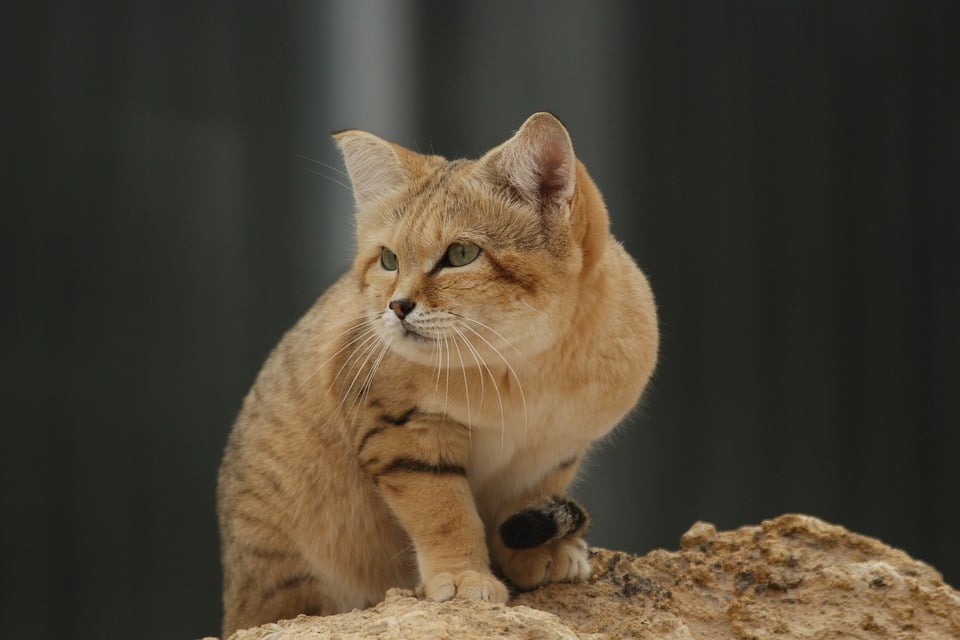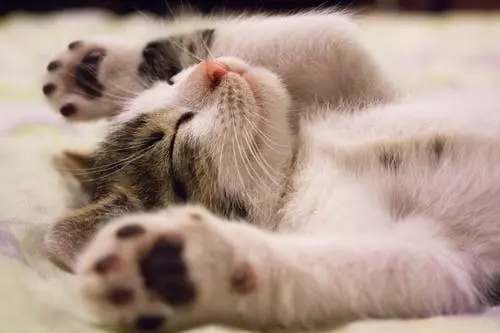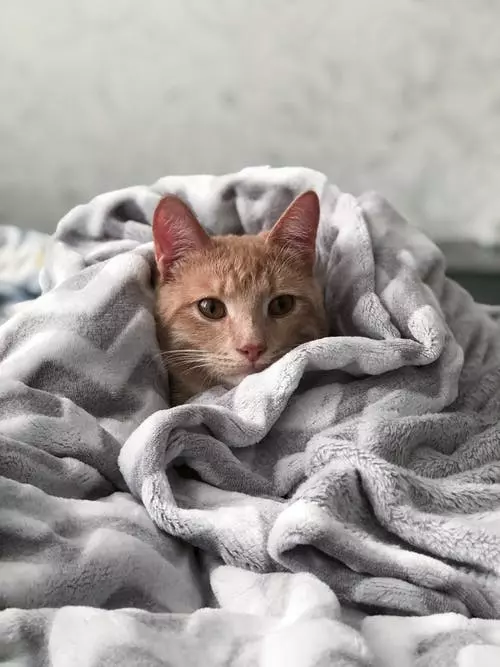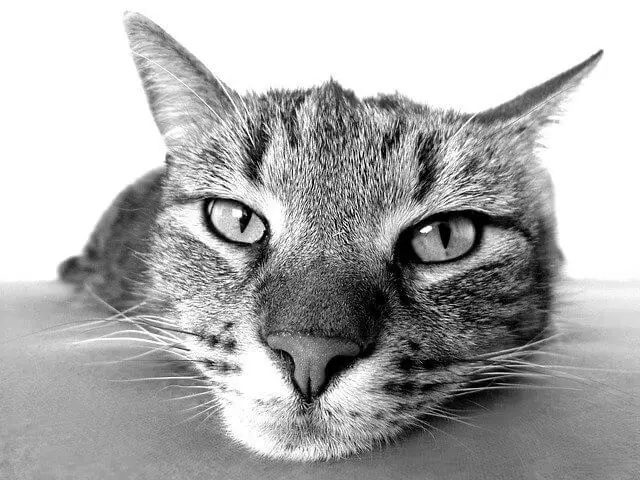Creating Vertical Space for Climbing and Perching: Enhancing Your Cat’s Environment
Introduction:
As cat owners, we strive to provide the best care and environment for our feline companions. One often overlooked aspect of a cat’s well-being is the need for vertical space. In this article, we will explore why climbing and perching are essential for cats’ physical and mental health, and how to create an enriching environment that meets these needs.
I. Choosing the Right Vertical Furniture:
Before investing in vertical furniture, it is important to understand your cat’s preferences and habits. Some cats prefer tall structures, while others may prefer lower perches. Observing your cat’s behavior can help you determine the optimal height and stability considerations for cat trees, wall-mounted shelves, and perches.
When selecting vertical furniture, prioritize materials that are safe, durable, and easy to clean. Avoid materials that may splinter or break easily, as this can pose a danger to your cat. Look for furniture made from sturdy materials such as wood or carpeted surfaces that offer traction.
II. Placement and Arrangement of Vertical Furniture:
Utilizing the available space effectively is crucial when it comes to creating vertical space for your cat. Consider the layout of your home and choose areas where the furniture will not obstruct movement or create potential hazards. Placing vertical furniture near windows or high-traffic areas allows cats to observe their surroundings and engage in natural behaviors like bird-watching.
III. DIY Vertical Space Solutions:
For the more adventurous cat owners, building your own vertical furniture can be a rewarding project. A step-by-step guide for building a simple cat tree or shelving system can be easily found online. Incorporate scratching posts, hideouts, and interactive elements to provide a stimulating environment for your cat. Remember to prioritize safety by securely fastening your DIY structures to prevent accidents.
IV. Introducing Cats to Vertical Furniture:
Introducing your cat to vertical furniture may require a bit of patience and encouragement. Positive reinforcement is key to ensuring your cat explores and uses the furniture. Use treats, toys, and catnip to create positive associations with the vertical space. Gradually introduce your cat to prevent stress or fear, allowing them to explore at their own pace.
V. Frequently Asked Questions (FAQs):
1. Why does my cat need vertical space?
Cats have a natural instinct to climb and perch. Vertical space provides exercise, territory marking, and stress reduction for cats.
2. How tall should a cat tree be?
Cat trees should have varying heights to cater to different preferences. As a general guideline, a cat tree should be at least 3 feet tall to allow cats to fully stretch out their bodies.
3. Is it necessary to secure wall-mounted shelves or perches?
Yes, it is important to ensure the stability and safety of wall-mounted shelves or perches, especially for larger or more active cats. Secure mounting techniques should be used to prevent accidents.
4. Can I install vertical furniture in small apartments?
Yes, there are space-saving solutions available for small apartments. Wall-mounted shelves or compact cat trees can be used to maximize vertical space.
5. How can I make my cat use the vertical furniture?
Encourage your cat to use the vertical furniture through play, treats, and positive reinforcement. Make the furniture appealing by placing toys or treats on them and praising your cat when they interact with the furniture.
Conclusion:
Vertical space plays a vital role in enhancing a cat’s environment and overall quality of life. By understanding the need for climbing and perching, and by providing well-chosen vertical furniture, cat owners can create a stimulating and enriching environment that meets their feline companion’s natural instincts and needs.








